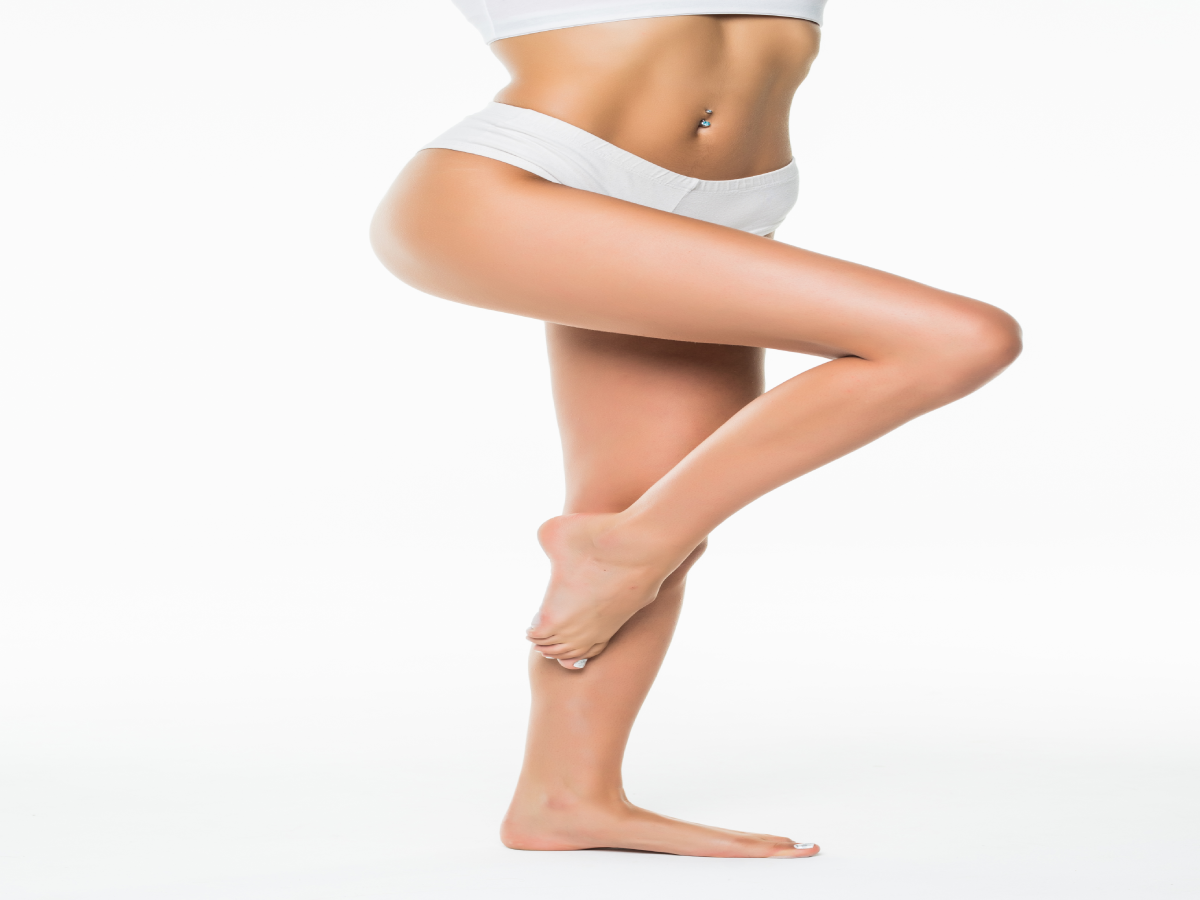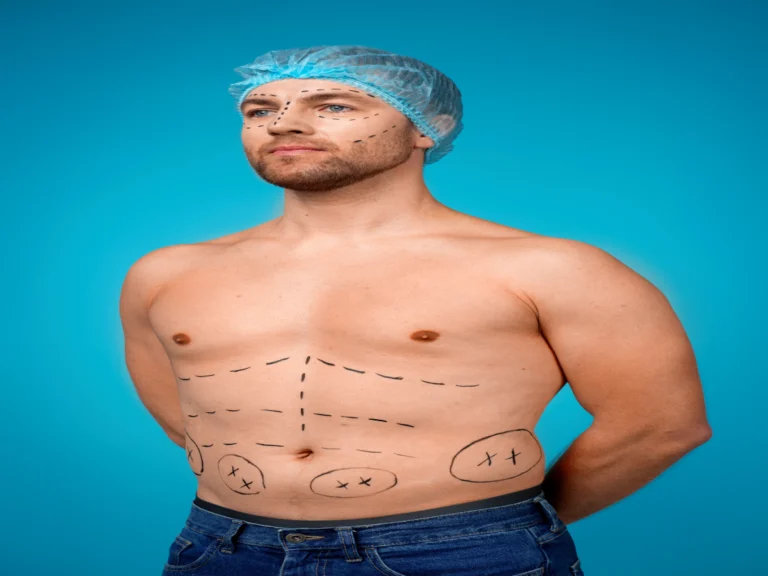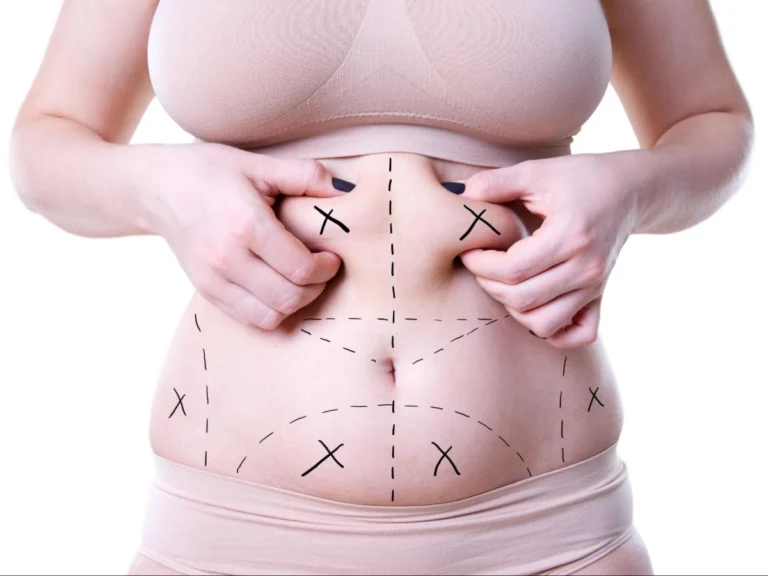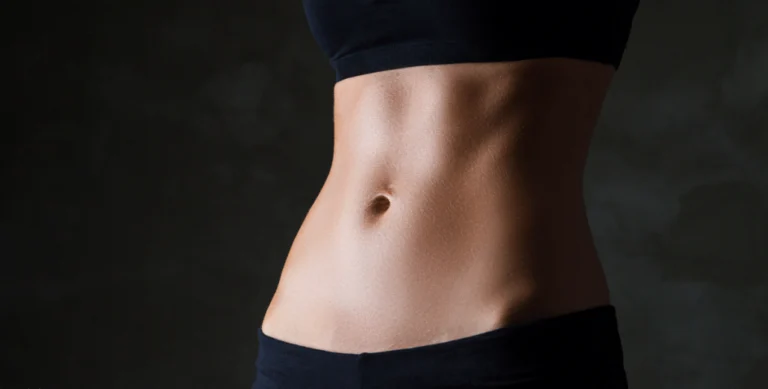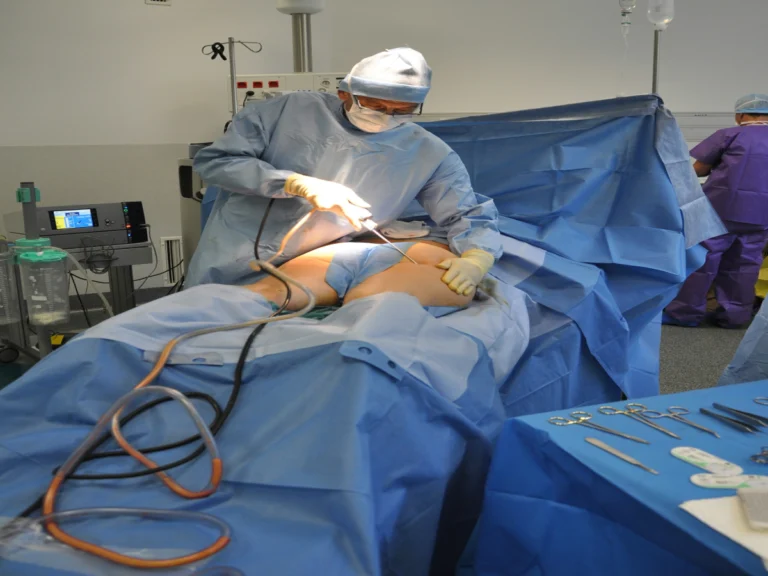For many people, the desire to have sculpted and slimmer thighs is present, but they are afraid of the pain and the amount of downtime and healing that they will experience.
The high cost of thigh liposuction surgery can be off-putting; however, it is worth the price when you have it done right and are patient for a proper recovery.
This detailed overview will show you that the healing process begins as soon as you leave the hospital.
Get a free consultation.
From the time you embark on your research process to preparing for your next upcoming surgery, you will be well-prepared to fully recover and manage your thigh liposuction procedure.
Okay, let me take you through the process of changing your thighs and, consequently, the way you’ll look at them.
Recovery after thigh liposuction: what to expect
1 month after thigh liposuction:
One month after thigh liposuction, most of the swelling and bruising have improved, and patients start to see the initial results.
While some mild swelling may still be there, discomfort is usually minimal, and most people can return to normal activities, including light exercise.
Following our surgeon’s advice is important, such as wearing compression garments and keeping a healthy lifestyle.
Recovery after 3-6 months
Three to six months after thigh liposuction, most patients see the final results of their procedure. By this time, any lingering swelling should be gone, revealing the full contour and shape of the thighs.
The skin has usually tightened around the new form, and the treated areas look more sculpted.
Most patients are fully back to their normal routines, including exercise and other physical activities.
Read more: Pros and Cons of Thigh Liposuction
It’s important to maintain a healthy lifestyle to preserve the results, as weight gain can affect the outcome.
Overall, this period marks the final stage of recovery with noticeable, lasting improvements.
6 months to one year
Six months to one year after thigh liposuction, the full and permanent results of the procedure are typically visible. By this stage, all swelling and bruising should be completely resolved, and the treated areas will have settled into their final shape.
Read more: Thigh Liposuction in Turkey
The skin will have fully adjusted to the new contours, giving a smooth and natural appearance.
Most patients experience long-lasting improvements, provided they maintain a stable weight and healthy lifestyle.
During this period, any scars should also fade significantly, becoming less noticeable. Overall, this is the time when the final, lasting benefits of the surgery are fully realized.
Is recovery from liposuction painful?
Recovery from liposuction can involve some discomfort, but it’s generally manageable. Patients typically experience soreness, swelling, and bruising in the treated areas, which can feel similar to muscle soreness after intense exercise.
The level of pain varies depending on the area treated and the extent of the procedure. Pain is usually most noticeable in the first few days, but it can be controlled with prescribed pain medications.
Read more: Thigh Liposuction Risks
Many patients report that discomfort lessens significantly after the first week, and by the second week, it often improves considerably.
Wearing compression garments as directed and following post-op care instructions can also help reduce pain and speed up recovery.
Thigh liposuction recovery tips
- Wear Compression Garments: These help reduce swelling, improve circulation, and support your body as it heals, aiding in a smoother recovery and better results.
- Stay Hydrated: Drinking plenty of water helps flush out toxins and reduces swelling, supporting the healing process.
- Limit Physical Activity: Avoid strenuous activities and heavy lifting for the first few weeks. Light walking can help improve circulation and prevent blood clots, but intense exercise should be avoided until your surgeon gives the go-ahead.
- Manage Swelling and Discomfort: Use prescribed pain medications and anti-inflammatories to manage discomfort. Keeping your legs elevated can also help reduce swelling.
- Follow a Healthy Diet: Eating nutrient-rich foods helps your body recover more quickly and promotes skin healing. Avoid high-sodium foods that can increase swelling.
What not to do after thigh liposuction?
- Avoid Strenuous Activities: Refrain from heavy lifting, intense workouts, or any activities that put stress on your thighs for at least 4-6 weeks, or as directed by your surgeon.
- Don’t Skip Compression Garments: Failing to wear your compression garments can lead to increased swelling, fluid buildup, and delayed recovery. They are crucial for proper healing and shaping.
- Avoid Sitting for Long Periods: Prolonged sitting can put pressure on the treated areas, leading to discomfort and hindering circulation. Try to move around gently every hour to promote blood flow.
- Don’t Smoke or Drink Alcohol: Smoking and alcohol can slow down the healing process, increase the risk of complications, and negatively affect your final results. Avoid both for at least a few weeks post-surgery.
- Don’t Ignore Pain or Unusual Symptoms: If you experience excessive pain, unusual swelling, redness, or signs of infection, contact your surgeon immediately. Ignoring these signs could lead to complications.
Faqs:
How bad does thigh lipo hurt?
Patients don’t feel any pain during thigh liposuction because the process is usually done under anesthesia. During the healing process, you may feel some pain and discomfort, but you can control this with the pain medicine that your doctor prescribes.
Will my thighs sag after liposuction?
not everyone with liposuction will have skin that hangs down on their legs or other places. The amount of skin contraction is different for each person. If your skin’s flexibility is good, liposuction should leave it smooth.
How long are thighs swollen after lipo?
After about six weeks, most of the swelling should go away, and you shouldn’t have any major pain or swelling after that. In any case, it will take most people about six months to feel completely better after receiving surgery. You will slowly start to look and feel better over the next six months.

